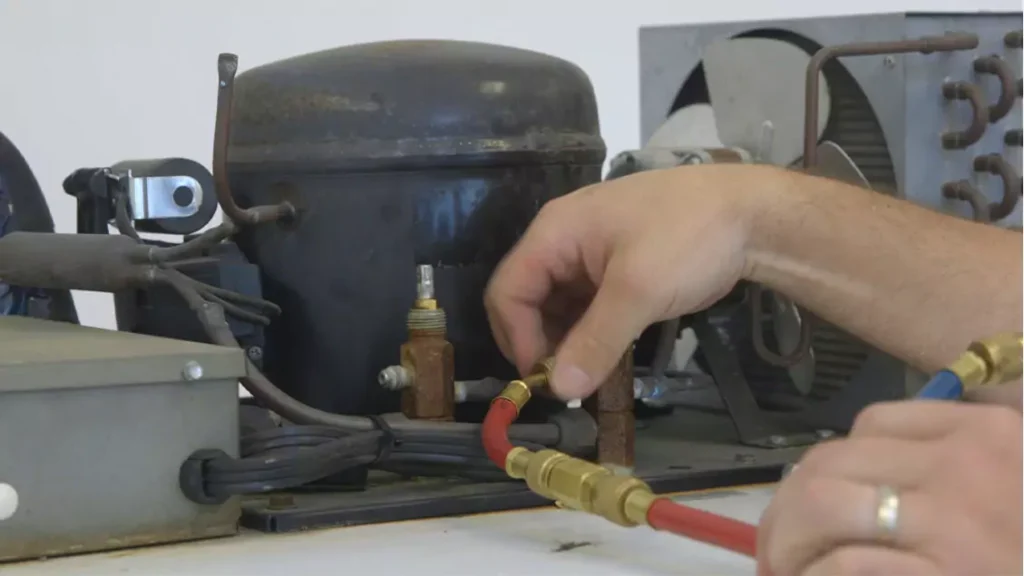Industrial compressors play a critical role in various industries, from manufacturing to energy production. However, like any machinery, they are prone to malfunctions and breakdowns. Troubleshooting these issues requires a systematic approach to identify the root cause and implement effective solutions.
Here, we will delve into an extensive approach to industrial compressor repair which covers various aspects, from initial assessment to troubleshooting and implementing solutions. It ensures a comprehensive understanding and effective resolution of issues that arise in these critical industrial components.
Understanding the Basics
Before diving into troubleshooting, it’s essential to understand the basic components of an industrial compressor. Compressors consist of various parts such as the motor, compressor pump, cooling system, lubrication system, and control mechanisms.
Each component plays a vital role in the compressor’s operation, and problems in any of these areas can lead to issues.
Step 1: Initial Inspection
The first step in troubleshooting industrial compressor issues is to conduct a thorough initial inspection. Start by visually inspecting the compressor for any obvious signs of damage, leaks, or unusual noises. Check the oil level, coolant level, and inspect the belts and hoses for wear and tear. Additionally, review any error codes or alerts displayed on the control panel.
Step 2: Check for Common Problems
Certain issues are more common in industrial compressors and can often be diagnosed relatively quickly. These include:
Air Leaks: Inspect the system for leaks in the hoses, fittings, and connections. Use a leak detection solution or an ultrasonic leak detector to pinpoint the source of the leak.
Overheating: Check the cooling system for blockages or malfunctions. Ensure that the cooling problems fan is operating correctly and that the radiator or heat exchanger is clean and free of debris.
Oil Contamination: Monitor the oil quality and look for signs of contamination, such as discoloration or debris. Contaminated oil can lead to premature wear and damage to internal components.
Electrical Issues: Test the electrical connections and components for proper voltage and continuity. Faulty wiring or connections can cause the compressor to malfunction or fail to start.
Step 3: Diagnostic Testing
If the initial inspection doesn’t reveal the source of the problem, diagnostic testing may be necessary. This involves using specialized tools and equipment to analyze various parameters of the compressor’s operation, such as:
Pressure Testing: Measure the inlet and outlet pressures to determine if the compressor is producing the correct amount of air.
Vibration Analysis: Use vibration analysis tools to identify any excessive vibration or imbalance in the compressor’s rotating components.
Temperature Monitoring: Monitor the temperature of critical components such as the motor, bearings, and compressor pump to identify any overheating issues.
Step 4: Consult Manufacturer Documentation
If troubleshooting efforts thus far have been unsuccessful, consult the manufacturer’s documentation for the compressor. This may include technical manuals, schematics, and troubleshooting guides specific to your model. Manufacturer recommendations can provide valuable insights and guidance for diagnosing and resolving complex issues.
Step 5: Professional Assistance
If all else fails, seek assistance from qualified professionals or service technicians. Industrial compressors are complex machines, and some issues may require specialized knowledge and equipment to diagnose and repair. Working with experienced professionals ensures that the problem is addressed correctly and minimizes the risk of further damage.
Conclusion
Troubleshooting industrial compressor issues requires a systematic and comprehensive approach. By following these steps, you can identify the root cause of the problem and implement effective solutions to keep your compressor running smoothly.
Remember to prioritize safety at all times and consult with experts when needed to ensure the proper operation and maintenance of your industrial compressor.
This article provides a structured approach to tackling industrial compressor problems, offering readers guidance on how to effectively troubleshoot issues and keep their equipment running smoothly.






